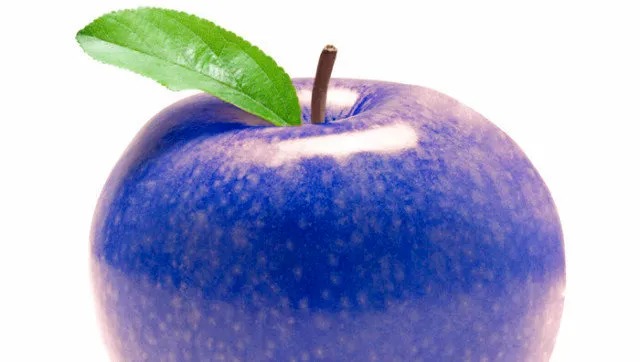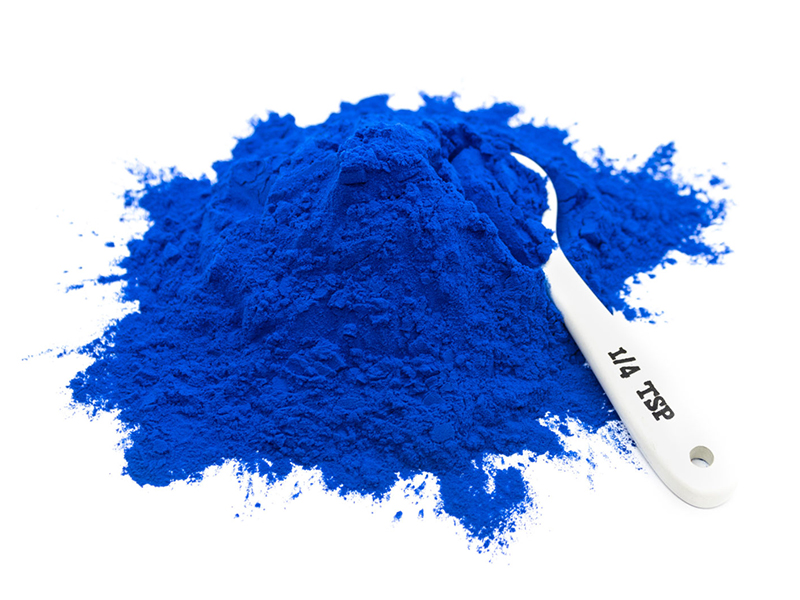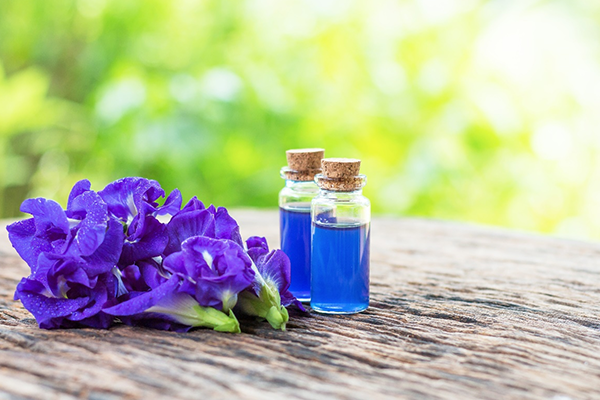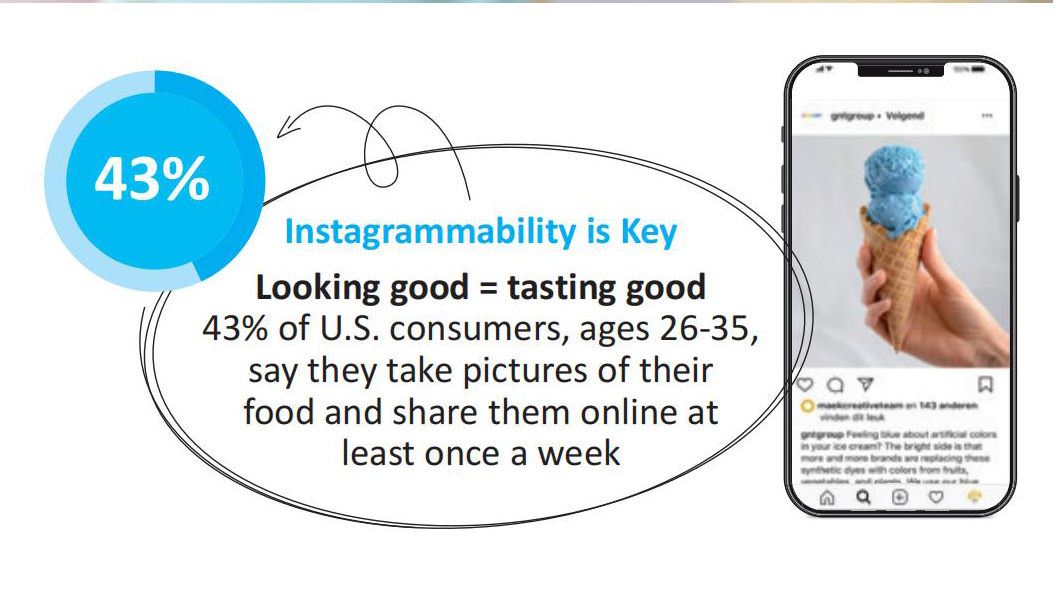Eat With Your Eyes: Why Not Try Food with Natural Blue Food Coloring?
Studies have shown that the colors of food will influence your taste. For example, in an experiment in 1980, the subjects could not recognize the lemon juice they had drunk before when the color turned orange. The following studies have also told that food color can influence your taste.

Traditionally, red food means spicy; yellow and orange food taste sweeter; green implies fresh. While for blue, um, strange? But recent years have witnessed the great development in natural blue food coloring since the food with blue color is sought after. So in this passage, we will talk about the novel coloring and why it is gaining popularity.
Post-it culture: natural blue food coloring is in the spot light
Blue has taken social media these years. In 2020, Classic Blue was chosen to be the Color of the Year by Pantone Color Institute, and the Shade of Aqua was selected to be the trending color for food and drink. Those announcements led blue to the spotlight, triggering hot debate and following.
If you are an internet surfer, you probably have seen a surging trend of posting food online. Pictures of food and drinks pictures, the blue mojito, blue macarons, blue cake, and even blue noodles are weird but eye-catching. Many people enjoy making blue food. It is not just for the favor, but their scarcity, attracting many people. Generally, the “post-it” culture digs out the beauty of scarcity.
However, most blue colorings for food are synthetic food dyes, and the natural blue food coloring is rare. As customers worry about the negative influence of synthetic food coloring, natural food coloring is advancing.
It is estimated that the compound annual growth rate for the global natural food coloring will be over 5% from 2019 to 2029. Compared to artificial coloring, natural food coloring is safer, more real contains no toxic side-effect, and can be used in many situations.
Blueprint for natural blue food coloring
Even though the demands for natural blue food coloring are surging, the potential for the market is largely untapped since extractable natural blue food is limited. Besides, it isn’t easy to preserve. The change in the PH will alter the color. In this way, the coloring is rare.
But synthetic food dye is not the durable way to go since many people have realized its negative effect and are unwilling to intake it. Luckily, scientists found out that the listed two plants can be extracted for the blue food coloring:

Blue spirulina (spirulina extract, phycocyanin)
Blue spirulina, a concentrated extract of a blue-colored pigment called phycocyanin, is uniquely found in blue-green algae. Blue spirulina has a striking blue color; therefore, it is used in making natural blue food coloring. For example, blue ice creams on social media are mostly made by it.
Blue spirulina has therapeutic and supplementary attributes, meaning that it has rich nutrients:
- It supplements carbohydrates. Lack of carbohydrates will bring tiredness, making it hard to concentrate on your business.
- Blue spirulina is an excellent source of proteins, so many fitness companies add it to their fitness food.
- It is a powerful antioxidant helping us beef up the immune system.
Therefore, blue spirulina is welcomed in the foreign market since they can not only bring food with brilliant blue but contains many nutrients.
Butterfly pea flower extract
Native to southeastern Asia, the butterfly pea flower is a common ingredient in the area. It is unique since it can change colors depending on the pH of the surrounding environment, which is resulted from the rich natural anthocyanidin. Thus, it is an ideal component to make natural blue food coloring.
About the benefit, the flower contains rich antioxidants like vitamins A, C, and E, which help protect our bodies from free radicals by neutralizing them. In addition, there are many blogs and vlogs to teach people to make blue food with it, implying its popularity.

Conclusion
The demands for uniqueness and safety in food and drinks motivate the development of natural blue food coloring. But many people wonder where to find a reliable coloring provider. Hat down to Binmei.
Established in 2013, Binmei is a professional natural blue food coloring provider. Our commitment is to provide customers and the food, medical and cosmetics industries with safe and nutritious blue coloring to meet the blank of the market.
We cooperate with excellent and professional institutes and universities and constantly invest in R&D, thus gaining independent intellectual property rights about blue spirulina. With advanced equipment, Binmei is one of the world’s primary natural blue food coloring providers. For years, we have accumulated rich experiences in this industry.
Visit our website for more information about the experienced company and their reliable natural blue food coloring.

